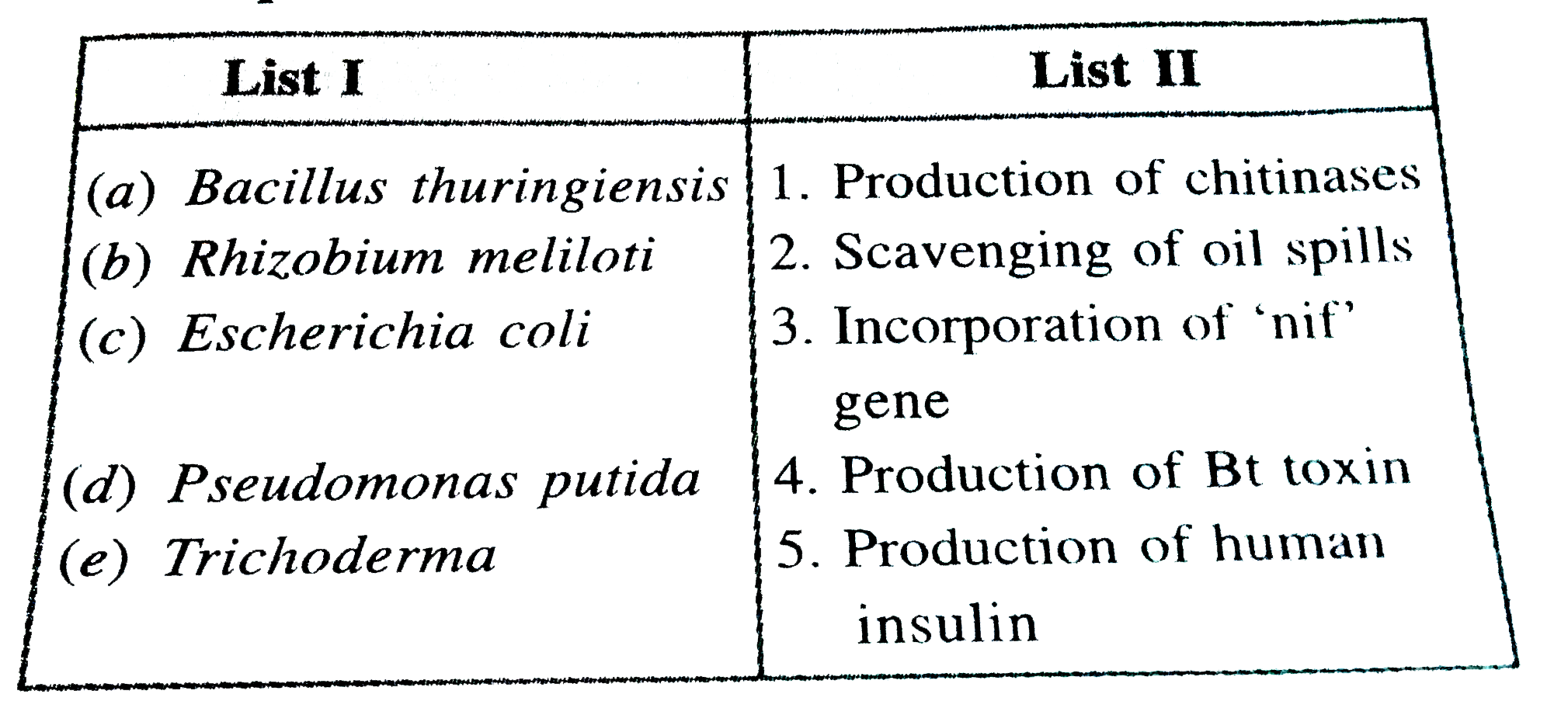In phenylketonuria, the amino acid (i) is not converted into (ii). Select the correct option to fill in the blanks (i) & (ii)
(i) Ketone, (ii) Urea
(i) Phenylalanine, (ii) Urea
(i) Phenoxy acetic acid, (ii) Ketone
(i) Phenylalanine, (ii) Tyrosine
The correct Answer is:D
To solve the question regarding phenylketonuria, we need to identify the amino acids involved in this metabolic disorder. Here’s a step-by-step breakdown:
Step 1: Understand Phenylketonuria (PKU)
Phenylketonuria is a genetic disorder that results from a deficiency in the enzyme phenylalanine hydroxylase (PAH). This enzyme is crucial for the metabolism of the amino acid phenylalanine.
Hint: PKU is related to a specific enzyme deficiency affecting amino acid metabolism.
Step 2: Identify the Amino Acids
In normal metabolism, phenylalanine (the first amino acid) is converted into tyrosine (the second amino acid) through the action of the enzyme PAH.
Hint: Think about the normal metabolic pathway involving phenylalanine and tyrosine.
Step 3: Determine the Impact of the Disorder
Due to the deficiency of the enzyme PAH in individuals with PKU, phenylalanine cannot be converted into tyrosine. This leads to an accumulation of phenylalanine and a deficiency of tyrosine.
Hint: Consider what happens when an enzyme is deficient in a metabolic pathway.
Step 4: Fill in the Blanks
Based on the information gathered:
- (i) The amino acid that is not converted is phenylalanine.
- (ii) The amino acid it is supposed to be converted into is tyrosine.
Thus, the correct answer to fill in the blanks is:
(i) phenylalanine, (ii) tyrosine.
Final Answer: In phenylketonuria, the amino acid (i) is phenylalanine and is not converted into (ii) tyrosine.
Phenylketonuria is a genetic disorder that results from a deficiency in the enzyme phenylalanine hydroxylase (PAH). This enzyme is crucial for the metabolism of the amino acid phenylalanine.
In normal metabolism, phenylalanine (the first amino acid) is converted into tyrosine (the second amino acid) through the action of the enzyme PAH.
Due to the deficiency of the enzyme PAH in individuals with PKU, phenylalanine cannot be converted into tyrosine. This leads to an accumulation of phenylalanine and a deficiency of tyrosine.
Based on the information gathered:
- (i) The amino acid that is not converted is phenylalanine.
- (ii) The amino acid it is supposed to be converted into is tyrosine.
(i) phenylalanine, (ii) tyrosine.
Topper's Solved these Questions
Similar Questions
Knowledge Check
Match List I and List II and select the correct option
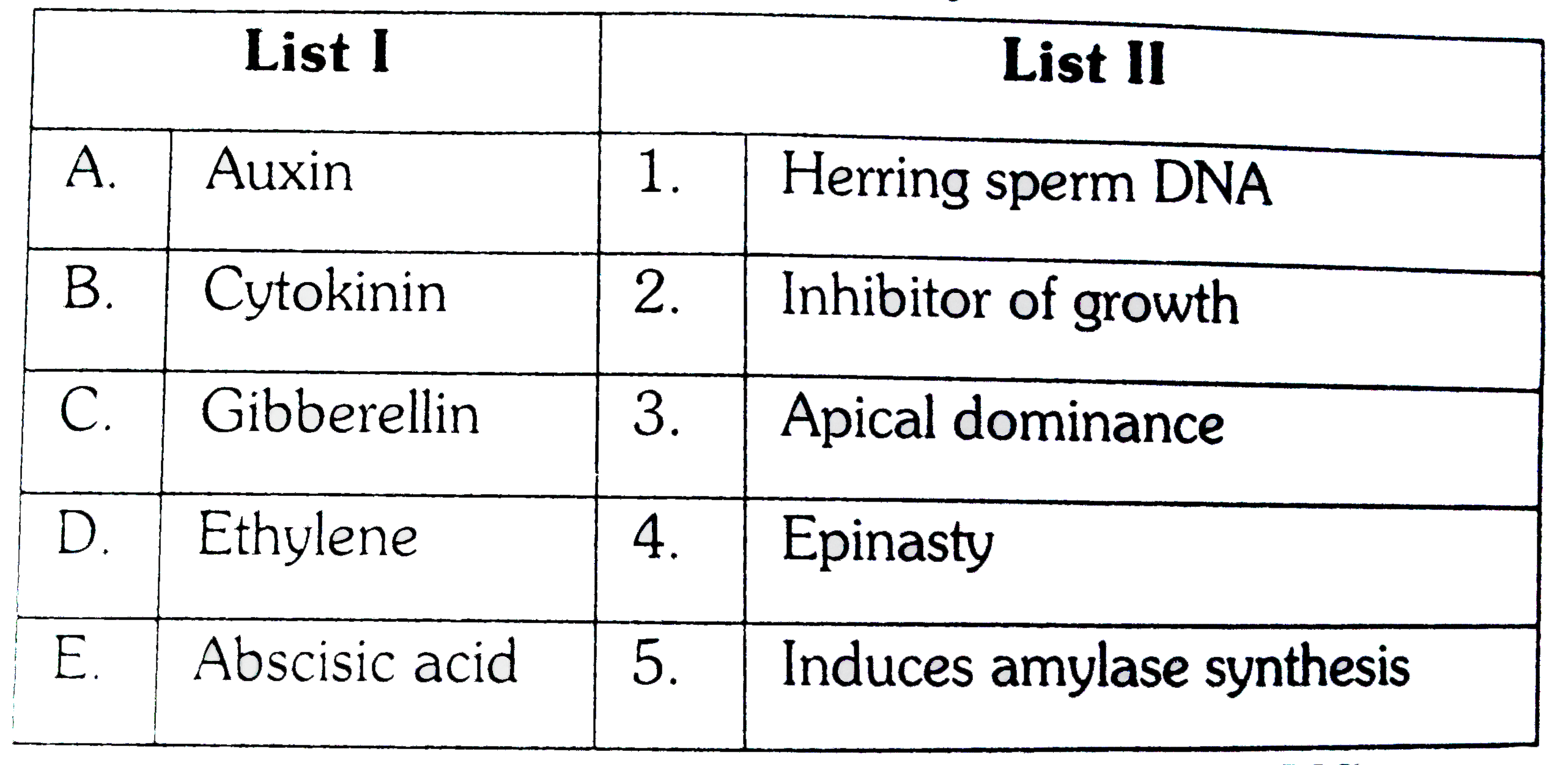 AA−3,B−1,C−5,D−2BA−4,B−5,C−1,D−3,E−2CA−2,B−1,C−5,D−3,E−4DA−3,B−1,C−5,D−2,E−4
AA−3,B−1,C−5,D−2BA−4,B−5,C−1,D−3,E−2CA−2,B−1,C−5,D−3,E−4DA−3,B−1,C−5,D−2,E−4Match List-I and List -II and select the correct option
 AA-2, B-4, C-3, D-1BA-2, B-1, C-4, D-3CA-3, B-4, C-2, D-1DA-4, B-3, C-1, D-2
AA-2, B-4, C-3, D-1BA-2, B-1, C-4, D-3CA-3, B-4, C-2, D-1DA-4, B-3, C-1, D-2Apical and axillary meristem are free of virus due to (i) concentration of (ii) and rapid rate of cell division. Select the correct option to an in the blanks (i and (ii).
A(i) Low, (ii) CytokininsB(i) Low, (ii) GibberellinsC(i) High, (ii) AuxinsD(i) High, (ii) Abscisic acid
Match list I with list II and select the correct option
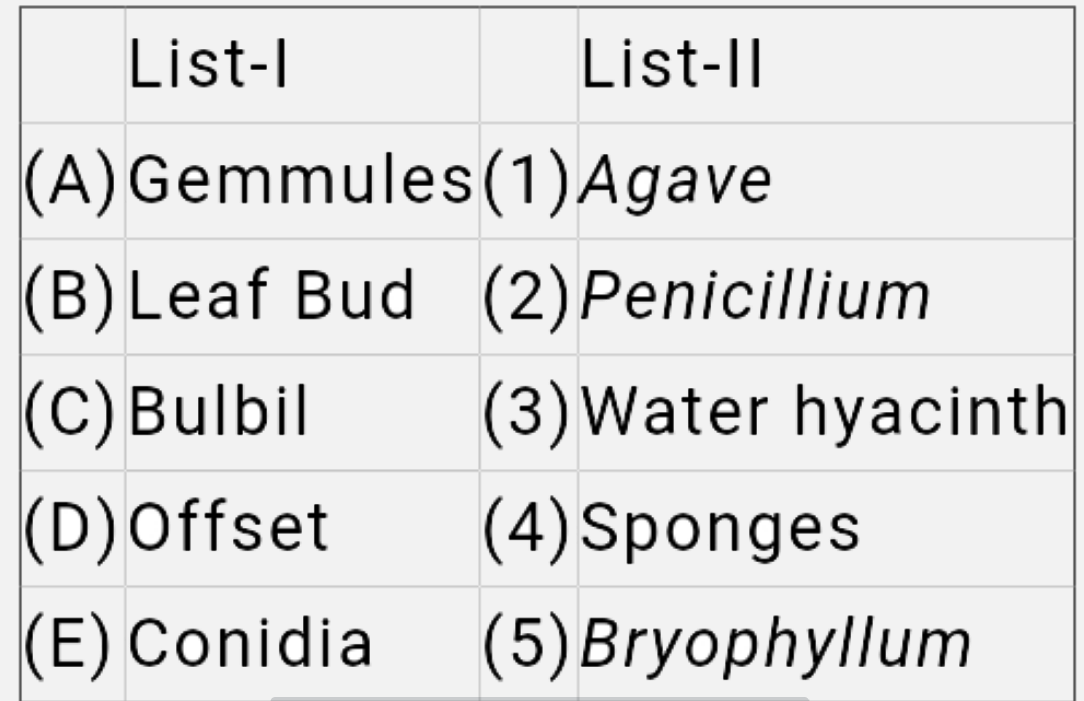
View SolutionMatch List I with List II and select the correct option
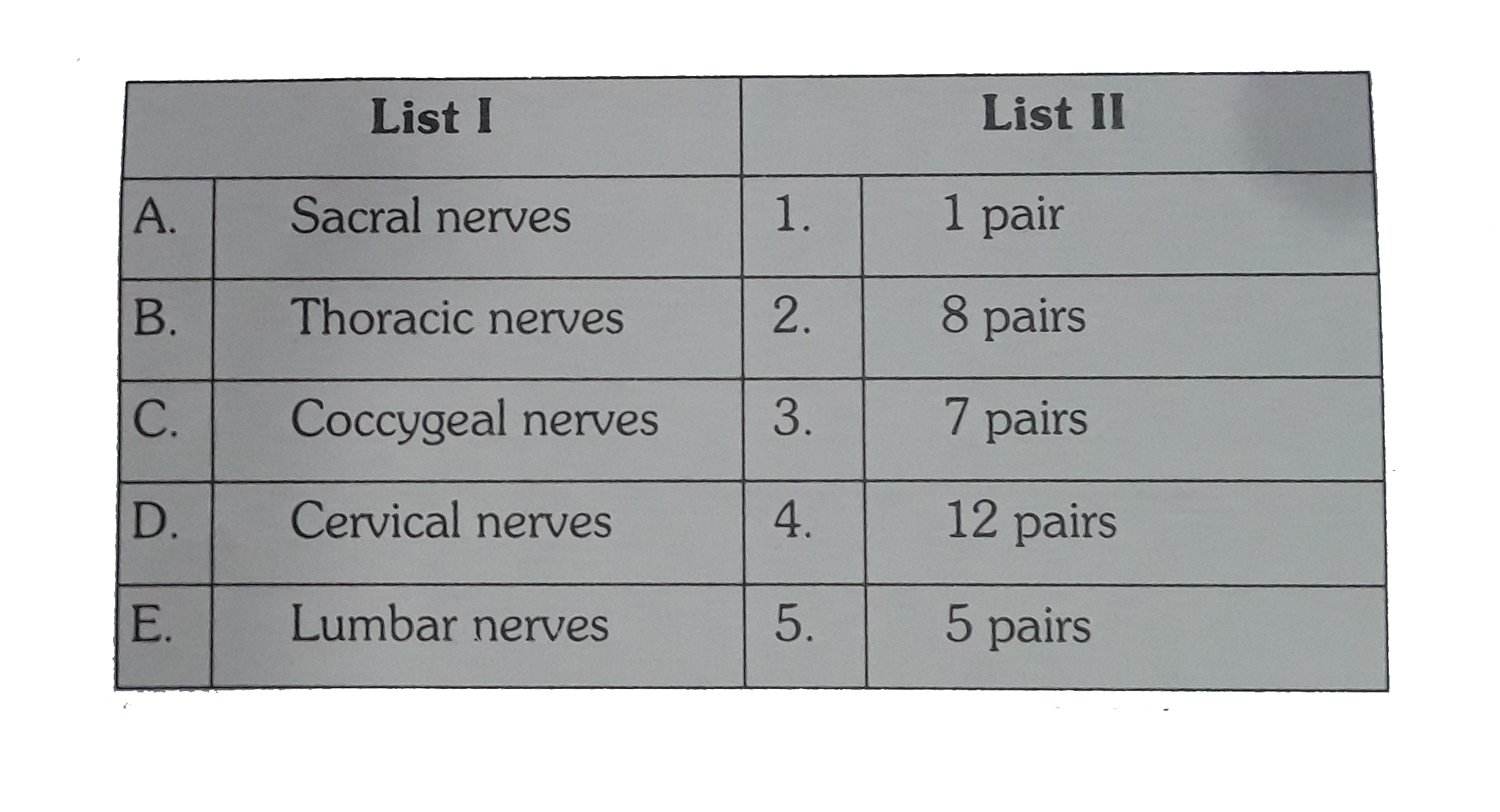
View SolutionMatch list I with list II and select the correct option
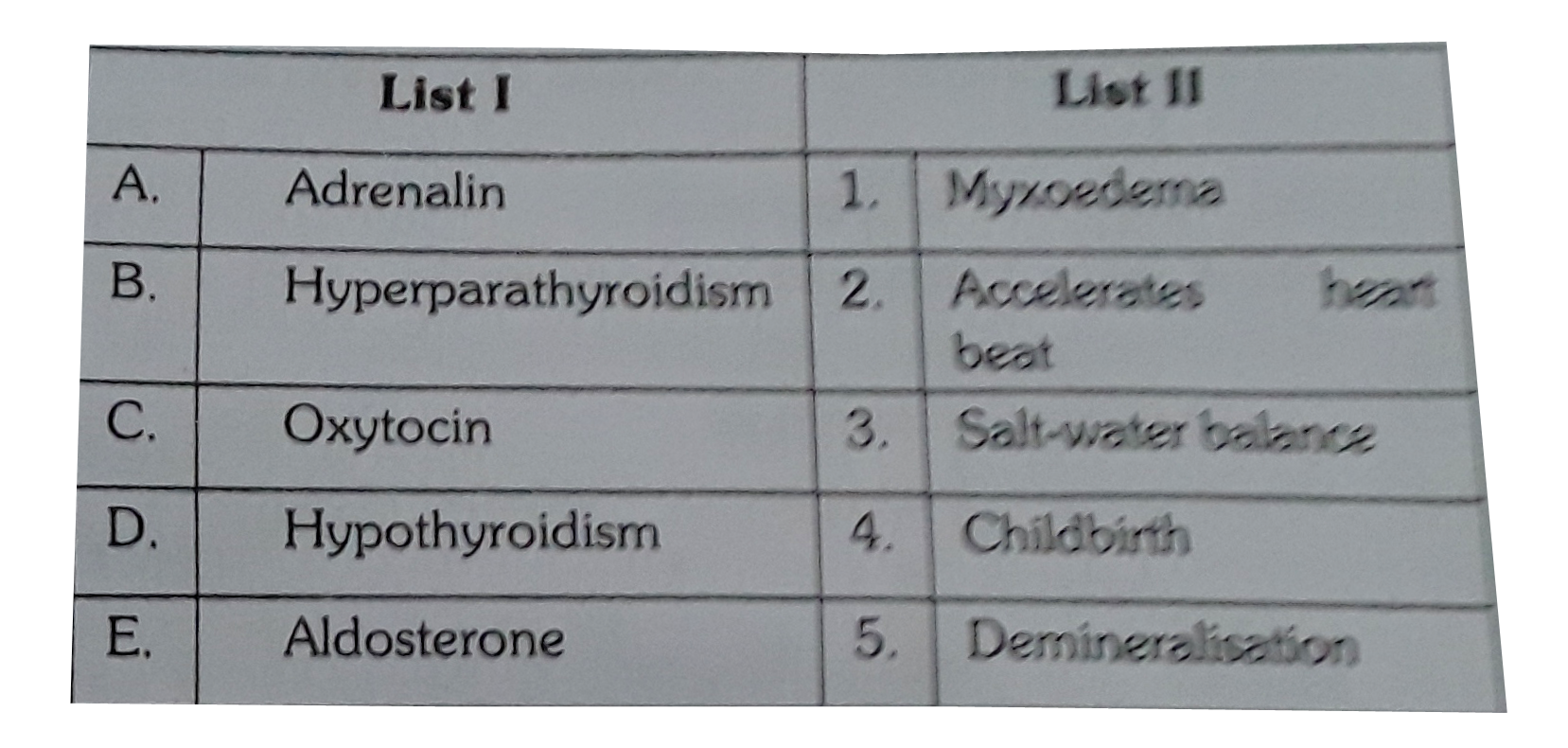
View SolutionSelect the most appropriate option to fill in the blank.
I helped my sister ______
View SolutionMatch the column I,II,and III .Select the correct option :

View Solution


